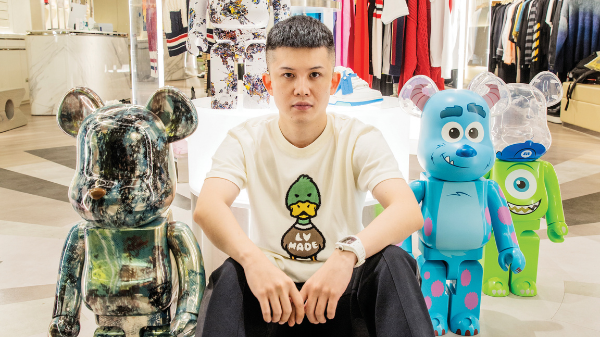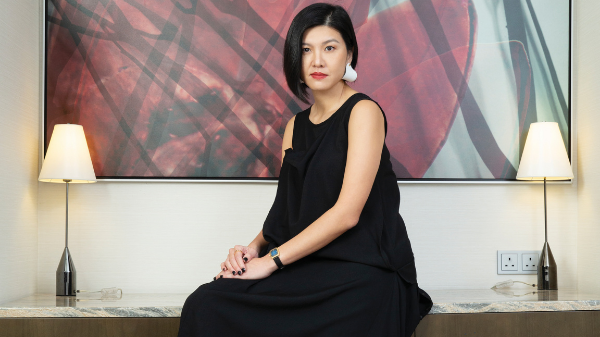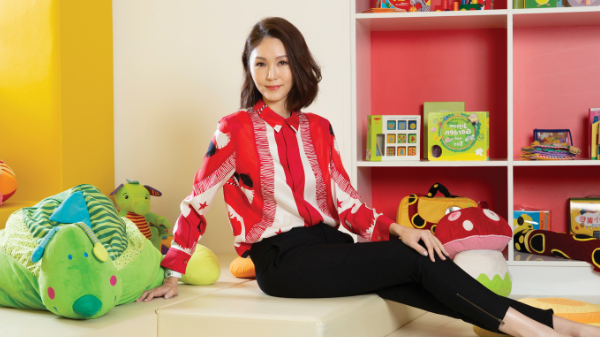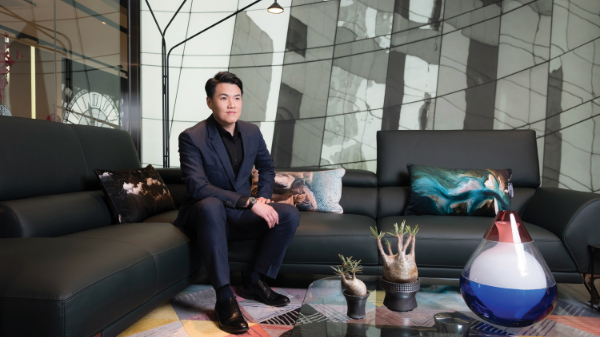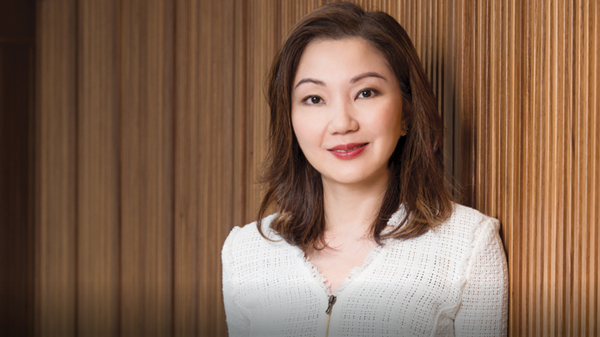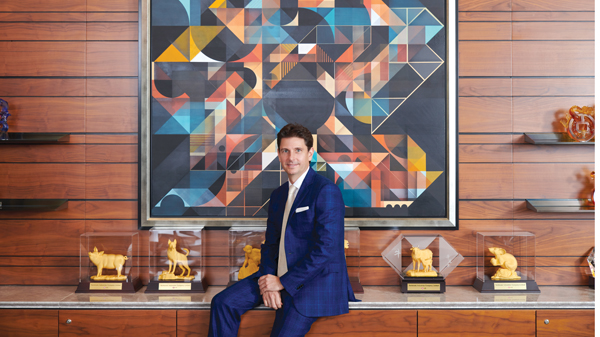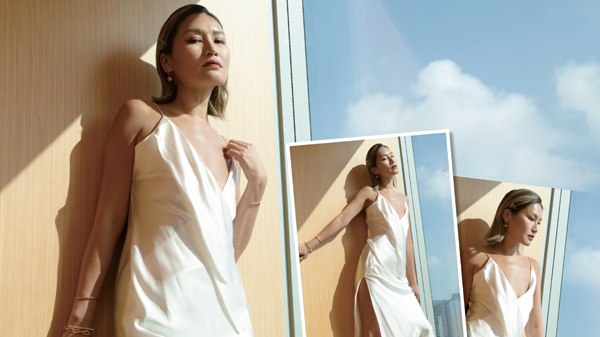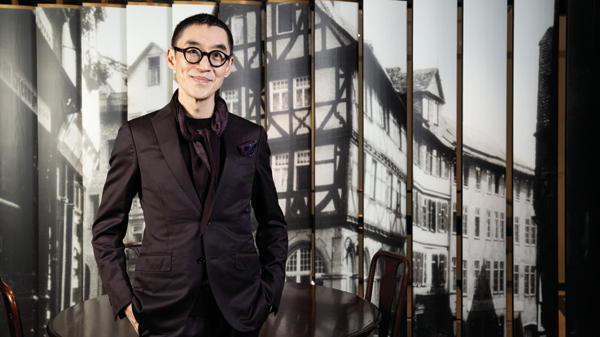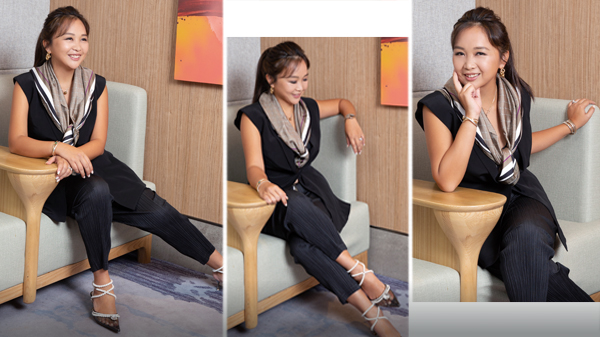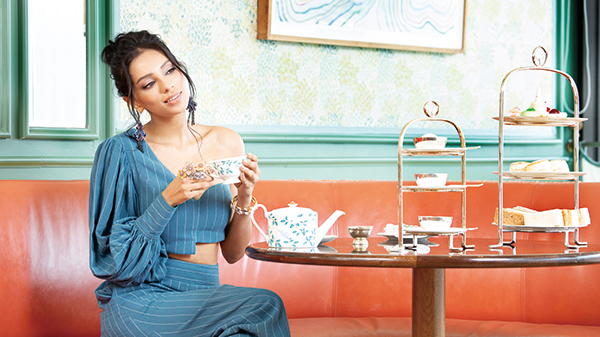Fashion entrepreneur Mike Ruan brings coveted brand names to a young, clued-in clientele at S.T Boutique. He chats with Gafencu about his upcoming China expansion, fast cars, cool watches and investing in karaoke…

What does fashion mean to you?
Honestly, if you ask any other person in the industry, they’d probably need a thousand, or even ten thousand words to describe this. For me, though, it’s simple – the process of an artist starting from scratch with just a piece of paper, and then, by sketching and creating fashion designs, capturing the public’s imagination and earning money. I know that’s quite a mercenary way of looking at it, but that’s my personal point of view. Of course, fashion is also about talent and understanding people’s needs, because without this you can’t be successful.
Did you always know you wanted to work in fashion or did you have other aspirations?
Actually, when I was a child in Wenzhou [in Zhejiang Province], I saw so many movies with cool cops that I really wanted to become a police officer. I remember every weekend I’d be begging my parents to take me to the toy shop so I could buy police badges, guns and the like to play at being a cop at home.
Of course, my dreams changed as I grew older. In 2008, I decided to enrol in high school in the UK, not just because of the high calibre of the education there, but also because I wanted to see and learn more about the world than my home town. I made the move to London all by myself, and my boarding school – DLD College London – was just a stone’s throw from Selfridges department store, so I quickly became introduced to the Western fashion. The first major brand that I fell in love with was Dior Homme. I was particularly enamoured with the personal style and vision of then-creative director Hedi Slimane – someone I still massively respect and believe stands at the pinnacle of the fashion business.
Keen to expand my horizons, I’d visit department stores every week to learn more about different styles and also to add to my personal wardrobe collection. Over time, I got to know other big brands like Gucci, Prada and Louis Vuitton, and I ended up falling in love with them too, which is what clued me in on my long-term passion for fashion.

Tell us about the path to starting your own business, S.T Boutique.
Since I’d realised exactly how much fashion meant to me, after six years of studying in London, I chose to continue my education in the beautiful Italian city of Florence. I did a Business of Fashion degree there, and to cut a long story short, once I graduated I decided to move to Hong Kong, where in 2017 I fulfilled my dream of starting my own fashion business – S.T Boutique. It’s a trendy, high-end fashion resale enterprise, and I have two stores in Hong Kong and another huge flagship store in my hometown Wenzhou.
What sets S.T Boutique apart from the rest of your competitors?
I think the major difference between our retail operation and others is that we are extremely sensitive and attentive to market shifts. We often buy clothes that attract a much younger crowd, and this, in turn, allows us to generate sales and turnover extremely quickly.
In the old days, the majority of haute couture and high-fashion purchasers were in their 40s. Today, that’s shifted down to people in their 20s, and being flexible and adaptive to the needs of this new segment is a major focus for S.T Boutique. This means that my team and I spend hours doing research on the latest collections, viewing catwalks from various brands on YouTube, looking for reactions on other digital platforms… Basically we do everything we can to make sure we have our finger on the pulse of the latest trends, so we not only stock the most coveted items for this season, but will also have the same sought-after cache for the following seasons.

Also Read: Timothy Yu’s Snapask reaches eight markets in Asia, aiding 4.5m students!
How has Covid-19 affected your business?
Honestly, like everyone else in the world, the pandemic has clearly had a negative impact on S.T Boutique. Our business relied on wealthy tourists, particularly from the mainland, and the global shutdown of travel has meant that we’re down 60-percent from where we were pre-Covid. Having said that, I always remind my team that it is during the times of greatest challenge that we need to put in that extra level of effort and enthusiasm. We need to believe that the blood, sweat and tears we invest now will yield big rewards once the pandemic passes.
Do you have plans to expand S.T Boutique this year?
We’re excited to launch two more locations in mainland China in the near future. The first store will be in Beijing – as the capital city that’s a no-brainer for our next outpost. The other will open in Chengdu, since I’ve always felt it’s such a vibrant place; in fact it’s one of my favourite cities in the world. The people there are so trendy and you can see the pleasure youngsters take in their trendy apparel on every street corner. It really is the fashion capital of western China, so S.T Boutique will fit right in.
Aside from S.T Boutique, do you have any other projects in the works?
Yes! A friend and I have just invested in a karaoke spot called Qian Gui along London’s Wardour Street [famous for its music scene], pretty much opposite the W Hotel. During my time as a student in the city, I loved to go to KTV with my pals, and I enjoy singing, so it felt like a natural investment for me.

How do you like to relax? Any hobbies?
I love playing ping pong or going for a round of golf to relax after work, and I’m always up for an occasional karaoke session as well. Since I love music, I also aim to hit the Lan Kwai Fong hotspots with my friends twice a month.
I’m an avid watch collector, too. I’m a major fan of Richard Mille since being introduced to the brand in 2017, and my favourite model is the all-white RM 055, because I love the colour white. I also love fast cars, and having lived in Italy for three years, I have a particular fondness for Lamborghinis. I own two, and my most treasured motor is the Lamborghini Urus, which I know is an unusual choice, but I much prefer SUVs to sports cars.
Which fashion brand has really kept up with the times over the last 10 years?
I would say Louis Vuitton. For many years, it was seen as being a super classic, formal brand. Yet, over the past decade, it has completely transformed into a maison with a much more global appeal. Part of the reason, I think, is that it made the brave decision to completely overhaul its business model to appeal to a much younger crowd, and that strategy yielded great rewards.

And what’s your favourite fashion trend of the past decade?
That would 100-percent be the pivot to less formal attire and streetwear. I absolutely loathe wearing suits and such, so this new embracing of streetwear as an expression of high fashion is, for me, the best trend to emerge in recent years.
Finally, tell us a secret about yourself.
Hmm… if it’s called a secret, I don’t think I should reveal it!
Thank you.
Also Read: Power Player: Stephan Pudwill on taking over the reigns of his family business
Interview by: Tenzing Thondup; Photographer: Jack Law; Art Direction & Styling: Jhoshwa Ledesma; Videographer: Andy Wan; Venue: S.T Boutique



